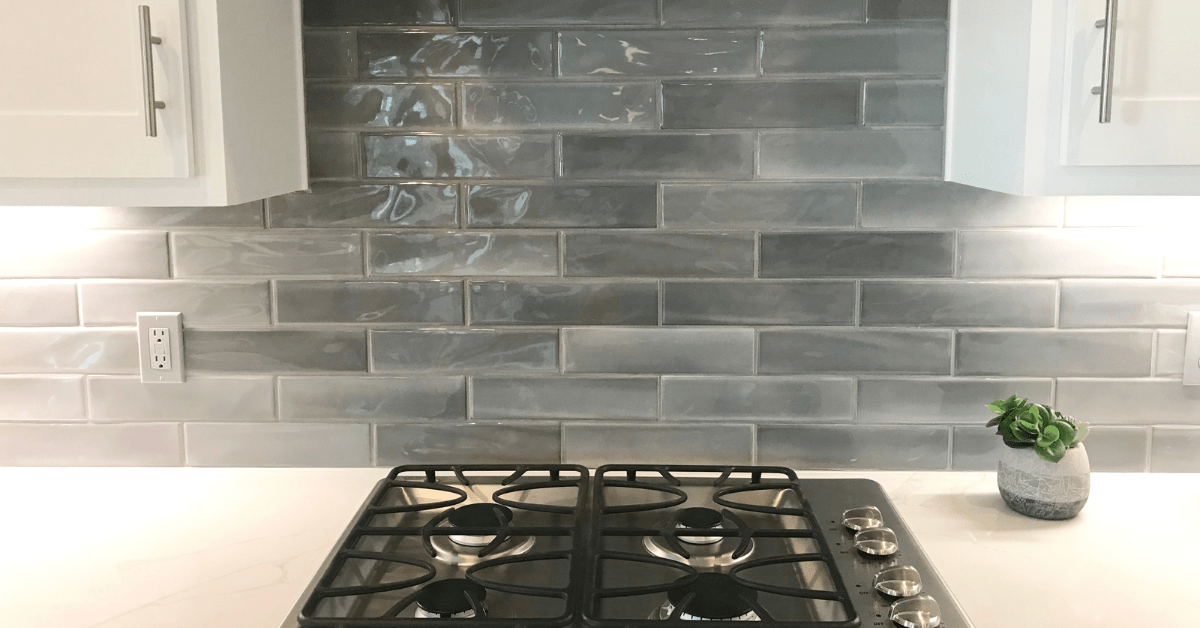How Amazon?s ?invisible? hand can shape your city

The Seattle e-commerce company?s influence goes well beyond shopping It begins with boxes. For most people who order goods from Amazon?with nearly half of U.S. households enrolled in the company?s Prime program, that?s quite a few of us?interactions with the Seattle e-commerce giant start with a search and a click, and end with a delivery.
While the ubiquitous company?a retail and shopping juggernaut worth roughly $430 billion that personifies the rapid growth in e-commerce?has an extensive footprint, a growing warehouse network, and a nascent brick-and-mortar retail presence, most of us just see piles of boxes on stoops, on doorsteps, and in apartment lobbies.
But that passing perspective would be a gross underestimation of the way e-commerce in general, and Amazon specifically, has and will reshape cities and communities around the country. A growing web of Amazon warehouses is poised to further speed up and reshape commerce, putting more pressure on retail. Increasing deliveries, a result of this bigger and better logistics network and consumer demand, is leading to increased freight traffic on city streets. And an expansion into physical retail, including brick-and-mortar Amazon grocery stores, predicted by many analysts, could make an even bigger dent in urban landscapes and commercial strips. Curbed reached out to Amazon for this story, but they declined to comment on the record.
Shutterstock
?Amazon has been able to ride this stealth pre...
| -------------------------------- |
| AHEAD Americas awards 2021 virtual ceremony part one | Dezeen |
|
|












